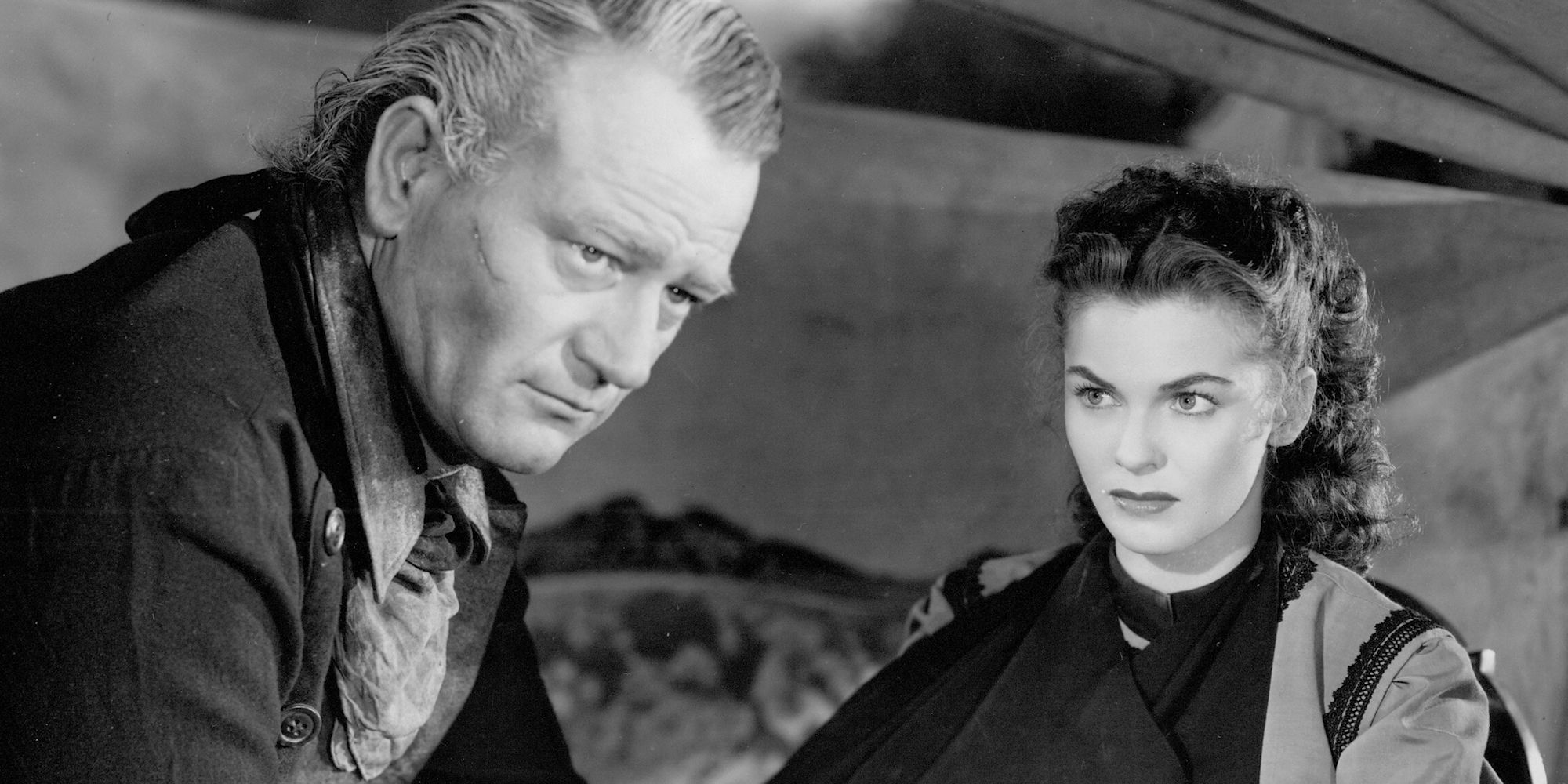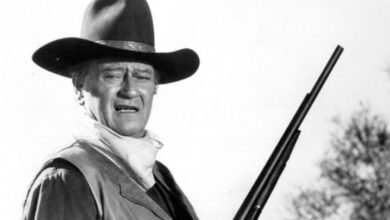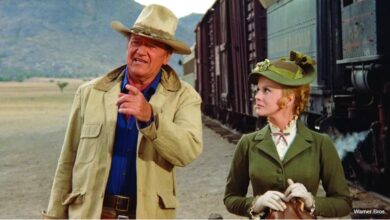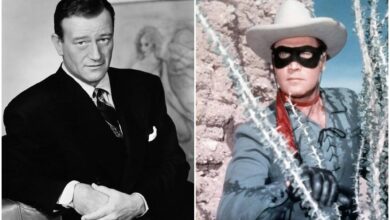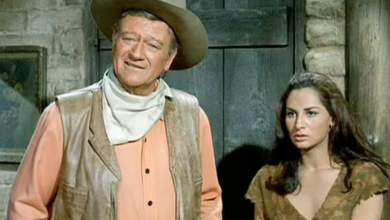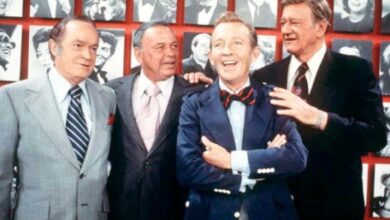The Alternate Ending of This John Wayne Western Was Lost for Years
The alternate ending offers a much longer fighting sequence.
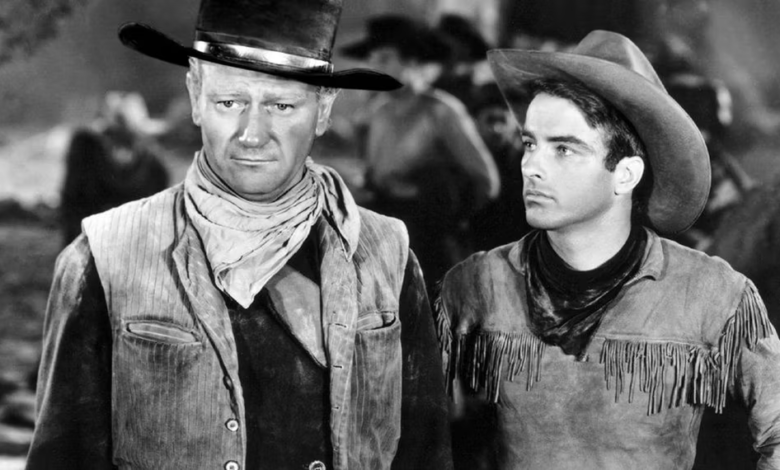
THE BIG PICTURE
- Red River is a masterpiece Western film that showcases the fiery father-son conflict between John Wayne’s tyrannical Dunson and Montgomery Clift’s independent-minded Matt.
- The film originally had an alternate ending that was longer and darker, depicting Dunson’s downfall and a brutal fight between him and Matt.
- The lost ending offers a chilling reminder of the consequences of unchecked ambition, leaving audiences with a haunting uncertainty and a deeper understanding of the characters.
John Wayne is arguably the greatest actor of his generation. Best known for embodying the macho Western movie hero, one of the most decorated actors in history only got one Academy Award recognition for that portrayal. However, before venturing into villainous roles, he embraced a challenging character that redefined his range and cemented a new legacy. No Western onscreen feud surpasses the fiery father-son conflict between John Wayne’s tyrannical Thomas Dunson and Montgomery Clift‘s groundbreaking performance as independent-minded Matthew Garth in Howard Hawks‘ 1948 masterpiece, Red River. But nestled within the film’s enduring legacy there is a secret in its saddlebag — an alternate ending lost for years and only recovered decades later. During production, dissatisfied with the pacing, Hawks and editor Christian Nyby crafted a 133-minute version, longer than the 127-minute theatrical release, featuring book-style transitions and a more contemplative tone. This version of the film was initially available but soon disappeared with legal battles and studio interference contributing to this longer version’s vanishing.
Loosely based on author Borden Chase‘s original serialized story in The Saturday Evening Post titled “Blazing Guns on the Chisholm Trail” about the historical first cattle drive from the South to the North after the Civil War, Red River explores the hardships faced by Southerners post the war, who, like John Wayne’s Dunson, a successful Texas rancher, lost their market for livestock. Facing bankruptcy, Dunson embarks on a perilous journey northwards to sell his ten thousand cattle, imploring his fellow ranchers to join him. Among his trusted companions is his adopted son, Montgomery Clift’s Matt, who survived an attack that claimed Dunson’s girlfriend. Despite their close bond as father and son, mentor and mentee, Dunson and Matt hold contrasting views on life.
In real life, the two actors playing the two roles also held equally opinionated political views that they decided not to discuss politics on the set of Red River. Wayne was known for his conservative Republican stand while Clift was a liberal Democrat. In the film, Wayne’s Dunson’s dictatorial and unyielding personality clashes with Matt’s democratic spirit and concern for the followers’ needs. Red River marked a turning point for John Wayne, marking his first portrayal of a complex, hero-villain figure. Peter Bogdanovich describes Wayne’s role in Red River as the toughest of his career and one that prompted John Ford to remark that he hadn’t realized Wayne possessed such an acting range. Wayne’s performance in Red River, Bogdanovich states, in turn, paved the way for Ford and Wayne’s unconventional collaboration on The Searchers, where Wayne further explored his dark side.

